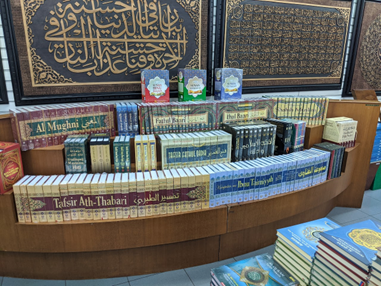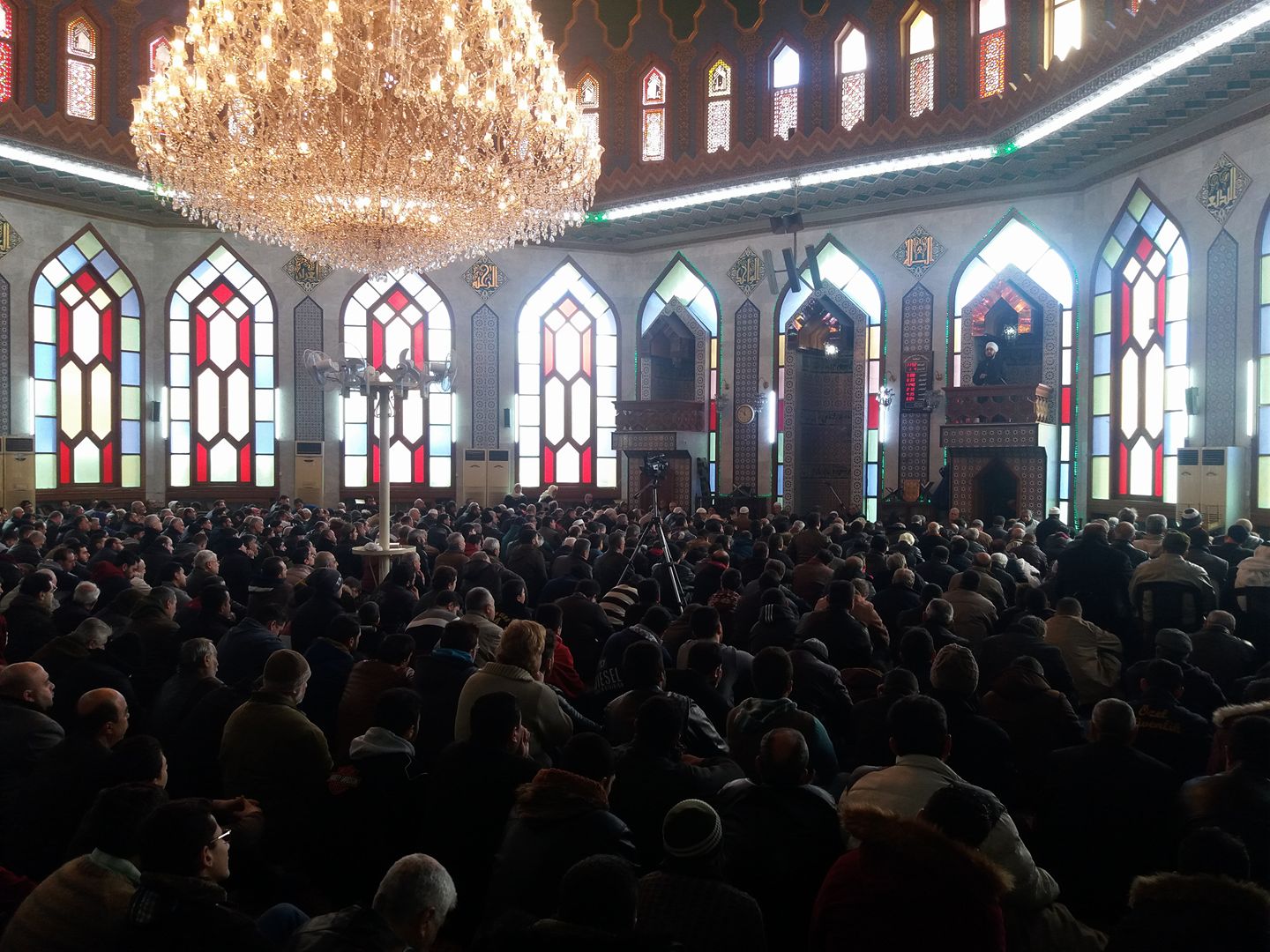Blog #5 “Building a Bridge Between Area Studies and Quantitative Analysis”
2022.01.26
Category: Blog
Author: Dai Yamao
In this Publicly Offered Research, I intend to discuss a classical question employing new modern social science methods or methodologies: how Islamist groups motivate people in the Middle Eastern Muslim world. Specifically, I intend to adopt quantitative text analysis, a method for analyzing text by quantification and extraction, as well as network analysis, a method for analyzing the depth of relationships through quantification.
Every day, as a researcher in area studies, I go through publications that are relevant to my research. This is because I want to bring to light relationships and connections that I have glanced over or neglected by analyzing the vast amount of text that I have read carefully and collected for years with the assistance of a computer. To be specific, I collect newspapers and statements published by several Shi’ite Islamist groups and compile them into a dataset using the same method as described above. Further, I combine it with other big data sources, such as social media, to create massive data. I intend to use the data to clarify how Islamists are connected and organize people. The statistics, as observed by me, will enable me to empirically elucidate the ways in which political societies in the Middle East are divided as a result of mobilization.
I am hopeful that I will ultimately be able to produce a new discovery by organically combining conventional analysis in area studies with quantitative analyses.
Images: A word cloud comprising a plot of words from main Iraqi newspapers that occur frequently in an enormous dataset, made of articles taken from the political columns of main Iraqi newspapers in a ten-year period.

Placement of words weighed using machine learning: this is a plot created by weighing words that are closely connected to “sectarianism” in the same dataset as the above. It demonstrates that the phrasing trends toward sectarianism as it moves to the right on the horizontal axis, while the word is more strongly associated with reconciliation and unification as it moves to the left.

Changes in the tone of reporting on sectarianism in major Iraqi newspapers: The higher the vertical axis, the more sectarian the tone of reporting becomes







-scaled.jpg)